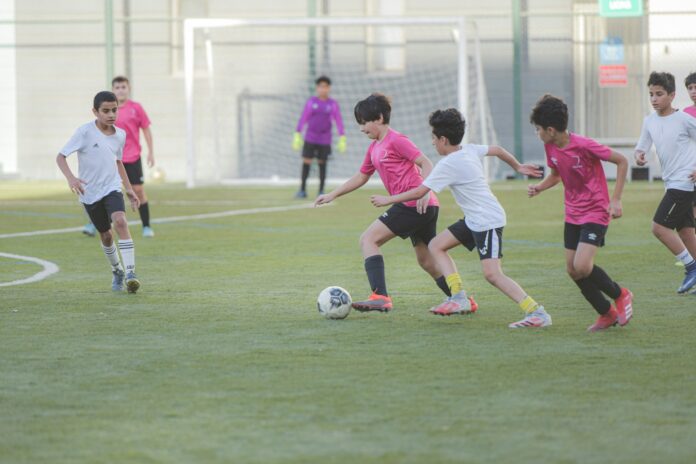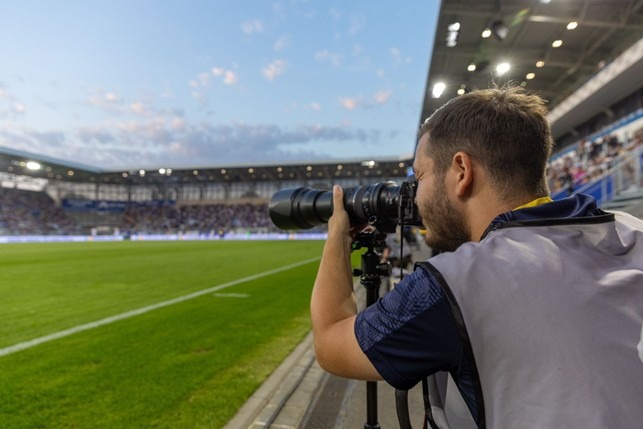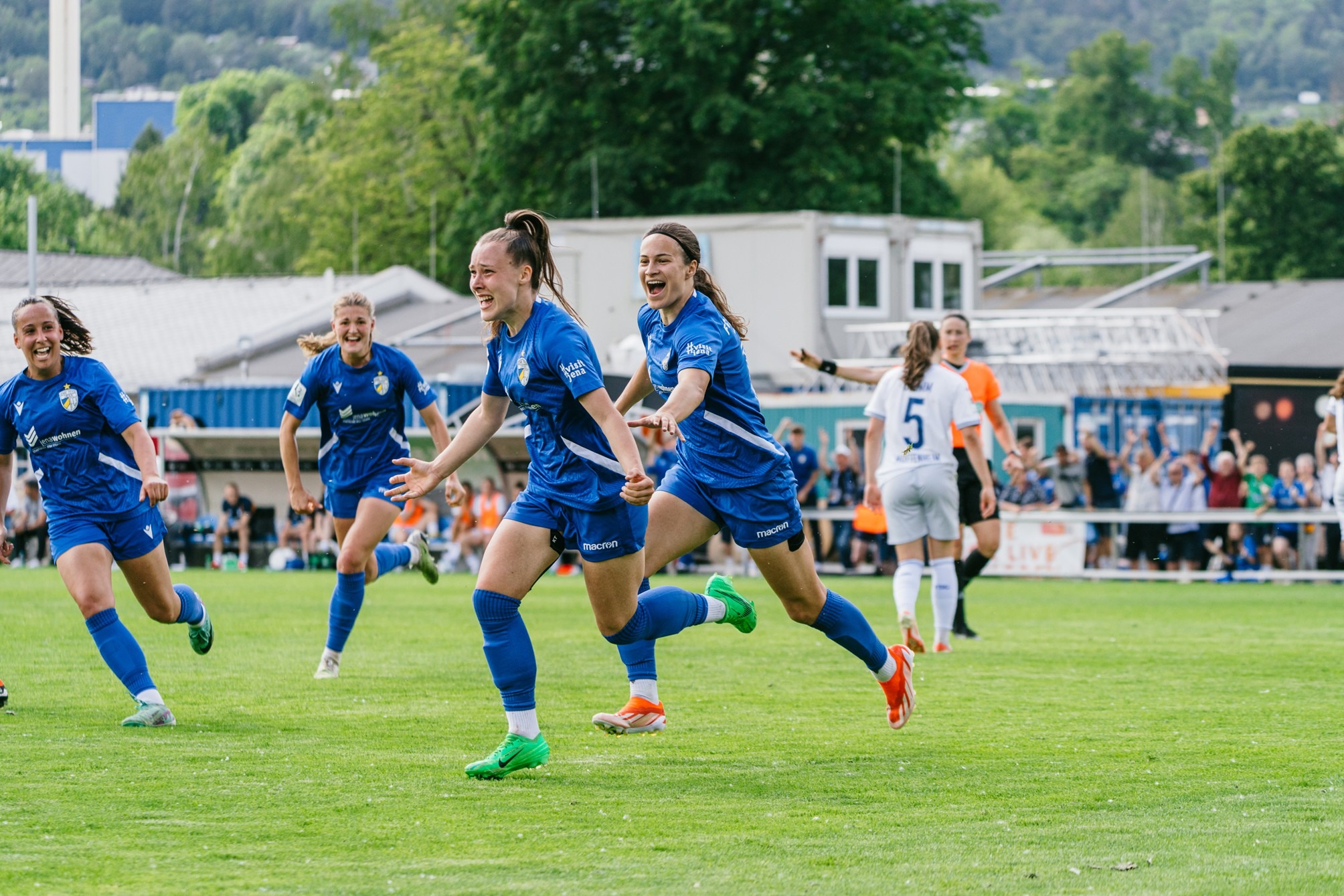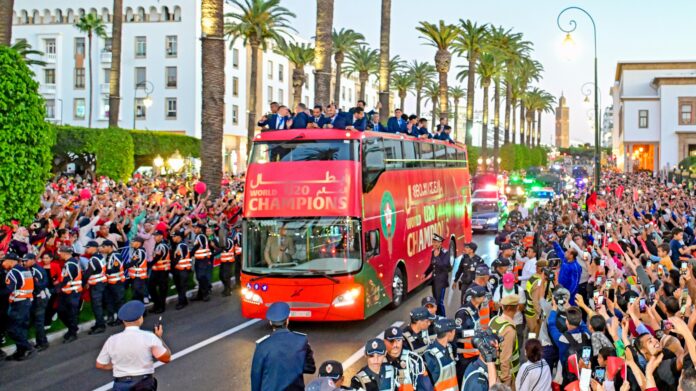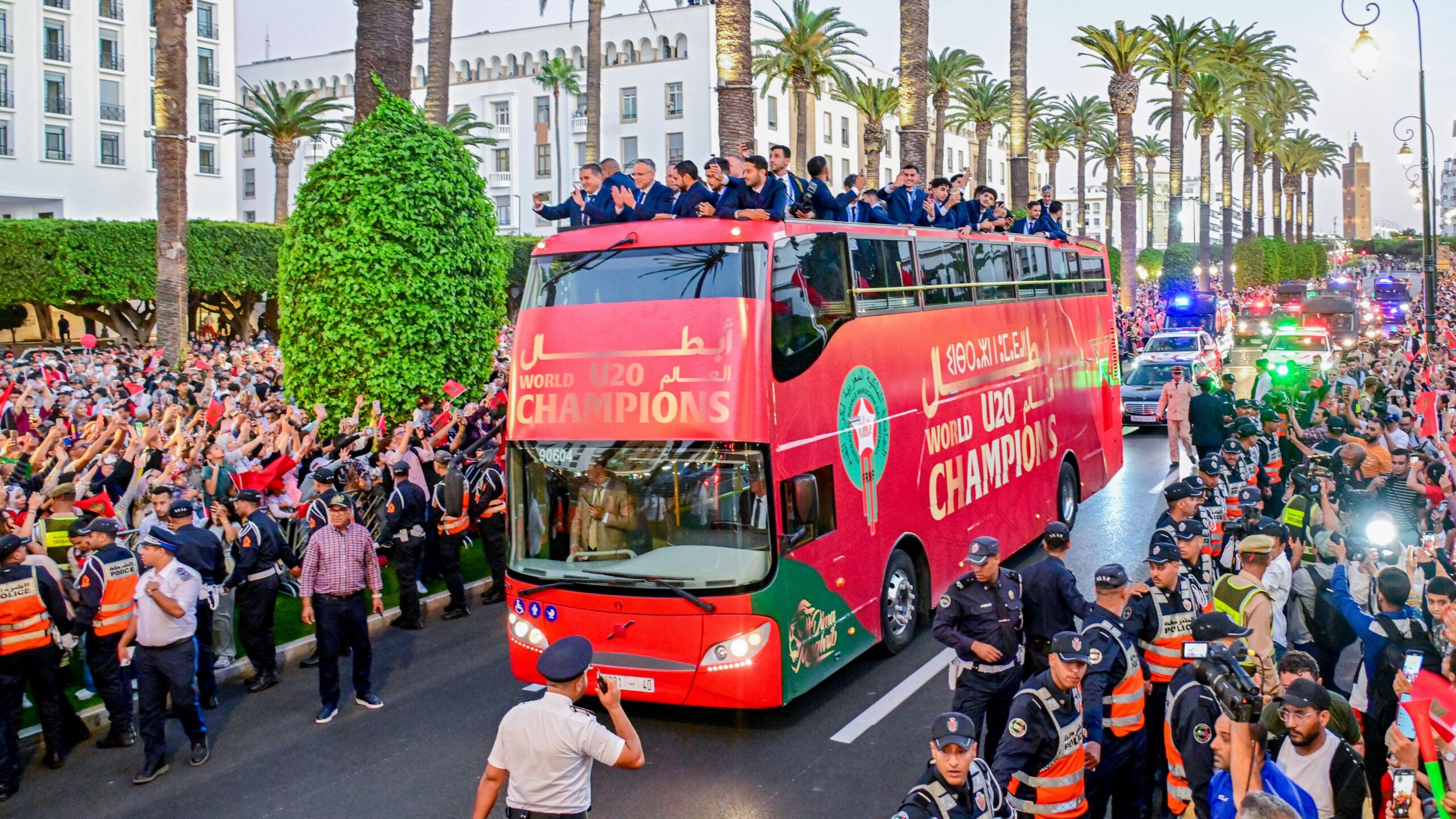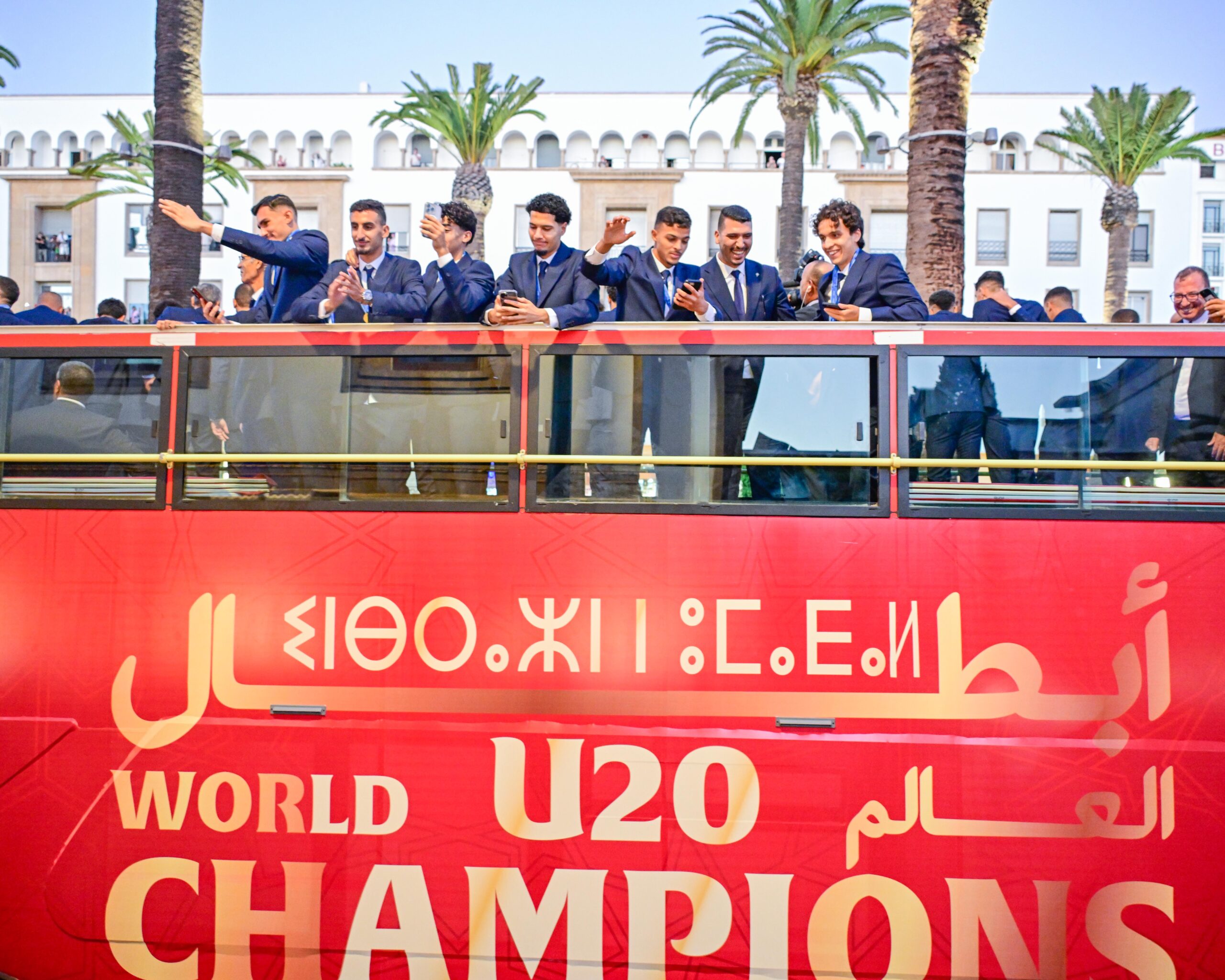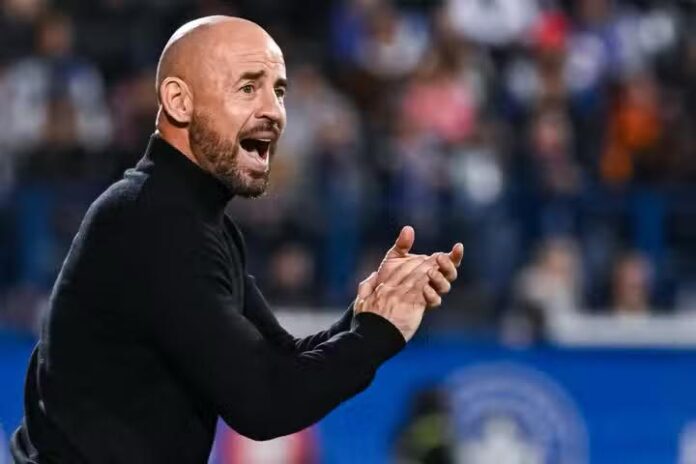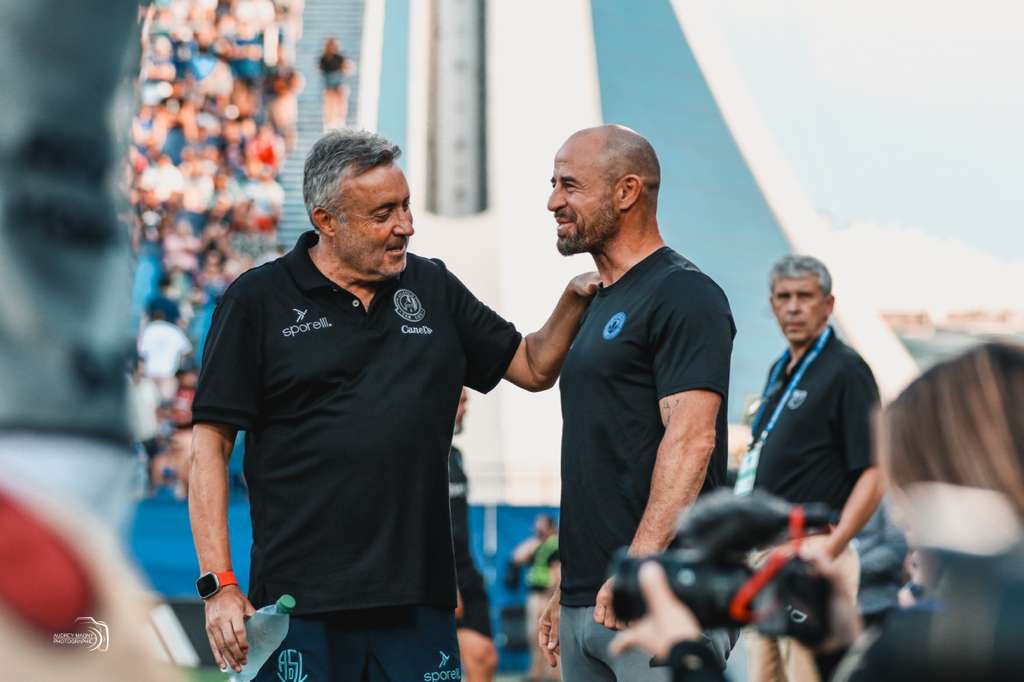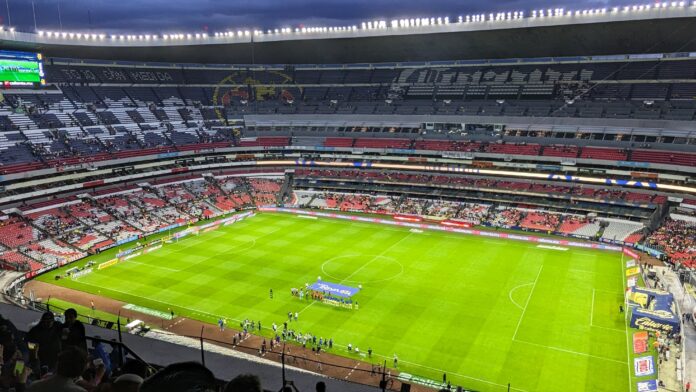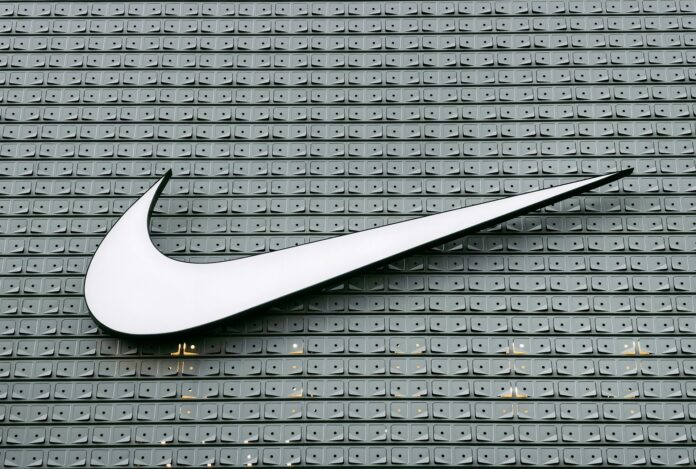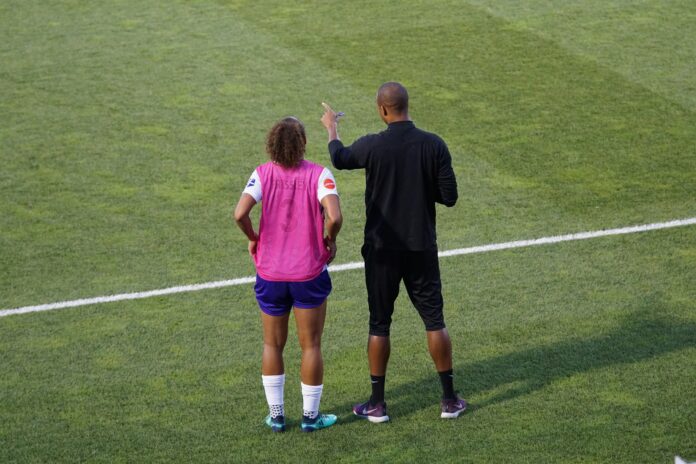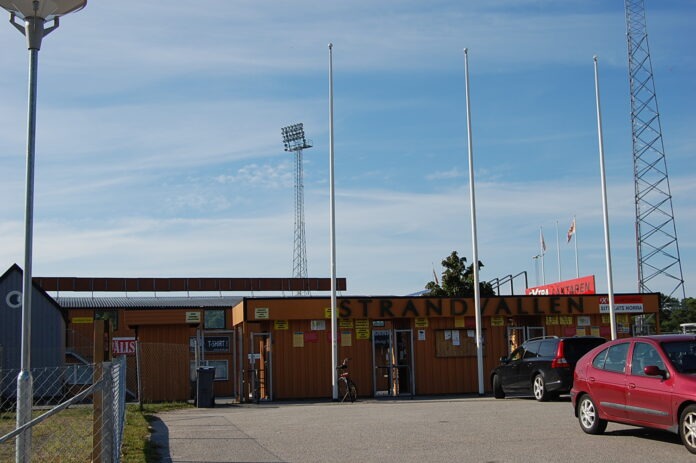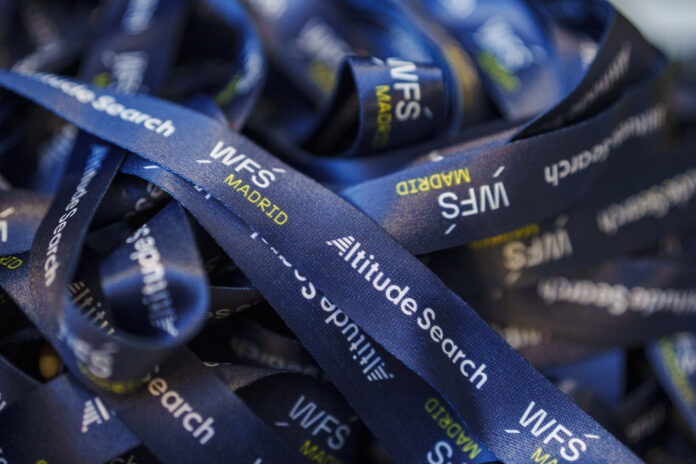Por Ruben Figueira & Manuel Jorge
Introdução
O futebol profissional tem há muito sido visto como o bilhete dourado, um caminho para a fama, a fortuna e o reconhecimento global. Para muitos jovens atletas, assinar um contrato profissional representa a concretização de sonhos de infância. Contudo, por detrás das manchetes glamorosas sobre contratos multimilionários e transferências recorde existe uma verdade sóbria: demasiados futebolistas terminam as suas carreiras arruinados, desorientados e despreparados para a vida pós-carreira. O paradoxo é doloroso: como é que pessoas que ganham, numa semana, mais do que muitos ganham num ano acabam por não ter nada?
A resposta reside nos alicerces frágeis de uma carreira futebolística: durações curtas, riqueza súbita, aconselhamento financeiro deficiente e falta de educação. Enquanto o futebol exige um compromisso total dentro do campo, negligenciar a educação fora dele pode revelar-se catastrófico. A educação académica, financeira e pessoal não é apenas um plano de recurso; é uma ferramenta crítica para a resiliência, o empoderamento e o sucesso a longo prazo.
“A educação académica, financeira e pessoal não é apenas um plano de recurso; é uma ferramenta crítica para a resiliência, o empoderamento e o sucesso a longo prazo.”
A dura realidade da vida depois do futebol
A carreira profissional no futebol é surpreendentemente curta. A carreira média na primeira divisão em França dura cerca de quatro anos. Lesões, quebras de rendimento ou a não renovação de contratos podem encurtar ainda mais essas carreiras. A cada verão, até 25% dos jogadores encontram-se sem clube.
Para muitos, as consequências financeiras são devastadoras. Investigação da XPro revelou que 60% dos ex-jogadores da Premier League declararam-se insolventes dentro de cinco anos após a reforma; estimativas mais recentes fixam o valor mais próximo dos 40%. Em França, as taxas de desemprego entre ex-futebolistas ultrapassam os 15%. Jogadores que antes gozavam de riqueza e fama vêem-se confrontados com dívidas, insegurança laboral e perda de identidade.
As histórias são tão dramáticas quanto tristes. David James, antigo guarda-redes de Inglaterra, terá ganho cerca de 20 milhões de libras ao longo da carreira, mas declarou insolvência em 2014, leiloando memorabilia para pagar dívidas. Lee Hendrie, médio ex-Aston Villa, perdeu cerca de 10 milhões de libras em investimentos falhados e excessos, sofrendo depressão e declarando insolvência. Ronaldinho, outrora um dos futebolistas mais “marketable” do mundo, tinha alegadamente apenas £5 na conta bancária apesar dos ganhos na casa de dezenas de milhões. Diego Maradona, amplamente considerado um dos melhores de sempre, faleceu com poupanças modestas e dívidas fiscais significativas.
O colapso financeiro é frequentemente agravado por problemas de saúde mental. Estudos mostram que mais de um terço dos jogadores em atividade apresenta sintomas depressivos. Para os atletas aposentados, o risco é ainda maior, com muitos a apontarem a preocupação financeira como o principal fator a afetar a sua saúde mental. Alguns recorrem a mecanismos destrutivos para lidar com as circunstâncias: jogo, álcool e abuso de substâncias. O fim da carreira pode significar não só ruína financeira, mas também uma crise pessoal profunda.
Por que a educação importa
Num contexto tão adverso, a educação emerge como um salvaguarda essencial. Oferece aos futebolistas as ferramentas para navegar a vida tanto durante a carreira como depois dela:
- Literacia financeira como proteção: Ganhar milhões pouco vale sem saber como os gerir. Muitas insolvências resultam de investimentos desastrosos, esquemas fiscais falhados ou gastos imprudentes. A educação em finanças básicas, fiscalidade, investimentos e planeamento orçamental pode proteger os jogadores da exploração e garantir que a riqueza a curto prazo se converta em segurança a longo prazo.
- Transição de carreira e identidade: A identidade de um futebolista está frequentemente ligada exclusivamente ao desporto. Ainda assim, a maioria admite não saber o que fará após a reforma. A educação alarga horizontes, oferecendo percursos para treino, gestão, negócios ou áreas completamente novas. Constrói-se, assim, a confiança de que a vida depois do futebol pode continuar a ser gratificante e com propósito.
- Resiliência mental: Os jogadores que investem em educação estão muitas vezes melhor preparados para a transição inevitável. Atletas com níveis mais elevados de formação parecem menos propensos à depressão durante mudanças de carreira. A educação fomenta adaptabilidade, pensamento crítico e um sentido de controlo — amortecedores essenciais contra o impacto psicológico da reforma.
- Empoderamento e independência: Um futebolista instruído é menos dependente de agentes, consultores ou entourage. O conhecimento traz consigo a capacidade de escrutinar propostas, tomar decisões informadas e resistir a esquemas predatórios. A educação confere agência: a capacidade de moldar o próprio destino em vez de ser moldado pelas circunstâncias.
“A educação confere agência: a capacidade de moldar o próprio destino em vez de ser moldado pelas circunstâncias.”
Lições de programas internacionais
Apesar das estatísticas serem sombrias, vários países e organizações estão a pioneirar soluções ao integrar a educação na cultura futebolística.
Países Baixos: o esquema de ponte do CFK Os futebolistas neerlandeses beneficiam de um sistema de pensões único, onde uma parte do salário é poupada no fundo CFK durante os anos em atividade. Na reforma, recebem prestações anuais, proporcionando estabilidade financeira enquanto transitam para novas carreiras. Crucialmente, o esquema é acompanhado por apoio educativo do sindicato dos jogadores neerlandês, permitindo que os atletas frequentem cursos e formações profissionais enquanto jogam.
Dinamarca: o programa 4player da Spillerforeningen O sindicato dinamarquês oferece apoio holístico através do 4player, orientando os atletas desde as carreiras iniciais até à reforma. Os serviços incluem aconselhamento de carreira, planeamento educativo, colocação profissional e recursos de saúde mental, bem como uma linha de apoio anónima para quem estiver em dificuldades.
Reino Unido: a PFA (Professional Footballers’ Association) Em Inglaterra, a PFA fornece um dos sistemas de apoio ao jogador mais abrangentes do mundo. Cada membro tem uma bolsa vitalícia de educação até £7.500, que pode cobrir licenciaturas, formações profissionais ou qualificações de treinador. A PFA gere também uma linha de aconselhamento confidencial 24/7 e oferece aconselhamento financeiro, reconhecendo que a riqueza súbita frequentemente conduz a decisões económicas pobres. Para os jogadores dispensados, existem fundos adicionais e programas de recolocação, atenuando o impacto das interrupções de carreira.
Iniciativas globais da FIFPRO Enquanto sindicato mundial dos jogadores, a FIFPRO lançou projetos como o Mind the Gap, que equipa os atletas com ferramentas para a transição de carreira. Colabora também com universidades para criar programas académicos à medida, como a HBO Academy nos Países Baixos, que oferece licenciaturas em regime parcial desenhadas para atletas ativos.
Academias de futebol: estabelecer padrões desde cedo Vários clubes integraram a educação nas suas academias. O Sporting CP em Portugal mantém um Departamento Psicopedagógico, garantindo taxas de sucesso escolar acima dos 90% entre os jovens atletas. O Benfica gere um departamento escolar com apoio pedagógico e centros de estudo, integrando a educação no quotidiano de treino. O FC Porto oferece subsídios e aulas de apoio a jogadores de origens desfavorecidas, enquanto o SC Braga chegou a construir a sua própria escola no local. Fora de Portugal, o Altınordu FK na Turquia combina ensino académico com competências de vida como agricultura e línguas, enquanto o Independiente del Valle, no Equador, inaugurou um liceu bilingue dentro do seu campus de treinos.
Estas iniciativas demonstram que futebol e educação não precisam de estar em conflito. Com estruturas adequadas, os jovens jogadores podem sobressair tanto no campo como na sala de aulas.
Casos de estudo: sucesso vs. fracasso
O contraste entre falhanço e êxito nas carreiras futebolísticas é evidente. Ronaldinho e Maradona, apesar dos enormes rendimentos, servem de advertência sobre gastos descontrolados e falta de planeamento. As suas histórias sublinham como a fama e a fortuna podem evaporar sem literacia financeira ou disciplina.
Por outro lado, jogadores como o capitão do Rio Ave, Vítor Gomes, exemplificam os benefícios de priorizar a educação. Vítor Gomes concluiu uma licenciatura e um mestrado enquanto jogava profissionalmente. A sua trajetória mostra que o sucesso académico não só é compatível com uma carreira futebolística, mas pode também potenciá-la, oferecendo estabilidade, equilíbrio e opções para o futuro.
A mensagem é clara: a educação faz a diferença entre ser uma manchete trágica e um modelo de sucesso sustentável.
Carreira dupla: criar uma nova cultura no futebol
O desafio não reside apenas em oferecer oportunidades educativas, mas em integrá-las na própria cultura do futebol. Durante demasiado tempo prevaleceu a narrativa de que o futebol exige compromisso total, sem espaço para estudos. Esta falsa dicotomia custou o futuro a inúmeros jogadores.
Ao invés, a educação deve ser normalizada como parte integrante da carreira futebolística. Academias, clubes e sindicatos devem cooperar com escolas e universidades para proporcionar percursos de aprendizagem flexíveis e acessíveis. O sucesso não deve ser medido apenas por troféus, mas também pelo número de jogadores que fazem a transição para vidas pós-carreira estáveis e gratificantes.
Além disso, os próprios jogadores têm de encarar a educação como um investimento, não como uma distração. A mudança de mentalidade — de “futebol ou educação” para “futebol e educação” — é vital. Programas em Portugal, Dinamarca e Países Baixos mostram que essa mudança cultural é possível e de grande impacto.
Conclusão
O futebol é mais do que um jogo; para muitos, é um meio de subsistência. No entanto, sem educação, essa subsistência é perigosamente efémera. As estatísticas sobre insolvência, desemprego e depressão entre futebolistas reformados não são acasos. São o resultado previsível de um sistema que privilegia o desempenho a curto prazo em detrimento do bem-estar a longo prazo.
A educação oferece o antídoto. Equipa os jogadores para gerir riqueza, transitar de carreira e manter a saúde mental. Empodera-os para tomar as rédeas do seu destino, garantindo que o fim de uma carreira futebolística não signifique o fim da estabilidade ou da dignidade.
Para clubes, sindicatos e órgãos reguladores, investir em educação não é caridade, é uma necessidade. Ao incorporar percursos de carreiras duplas no futebol, o desporto pode proteger os seus jogadores e preservar a sua integridade. Para os jogadores, abraçar a educação é a forma mais poderosa de assegurar que a glória de hoje não se torna no arrependimento de amanhã.
O futebol será sempre sobre golos, mas talvez o mais importante seja marcado fora do relvado, na sala de aulas, onde o jogo da vida realmente se ganha.

